After three years of living with Covid-19, the mask has become an unquestionable part of daily life for Hong Kong dwellers. In the midst of another round of easing pandemic control, some are returning to hobbies and passions that give them a sense of normality.
The 3rd of October, after a long day, a rest area in North Point, the Eastern District of Hong Kong, was alive with the reminiscent melodies of Nanyin, luring passersby to stop and listen.

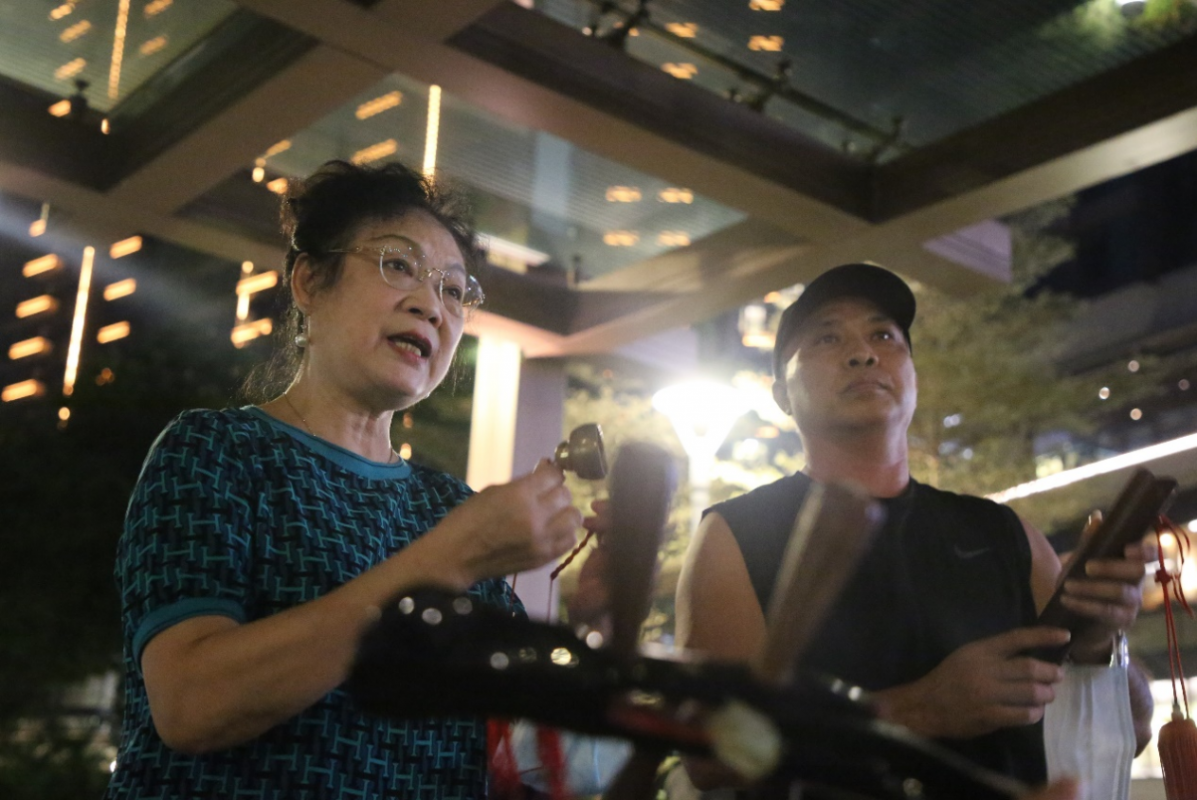
Nanyin, also known as Nanguan, is a style of Chinese classical music from the southern Chinese province of Fujian. It has been described as a “living fossil of Chinese music history”, and was inscribed in 2009 on the Representative List of the Intangible Cultural Heritage of Humanity by UNESCO.
A Nanguan ensemble usually consists of five instruments. The pie (wooden clapper) is usually played by the singer. The other four are the Pipa, a three-stringed lute called the Sanxian, the vertical flute called the Dong xiao, and a two-stringed “hard-bowed” instrument called the Erxian.
During the toughest pandemic control in Hong Kong, group gatherings of more than four people in public places were prohibited, so Nanyin performers rarely had the chance to practice and rehearse this art. Since the epidemic situation has substantially alleviated, they could finally meet up with hobbyists alike this time in North Point.
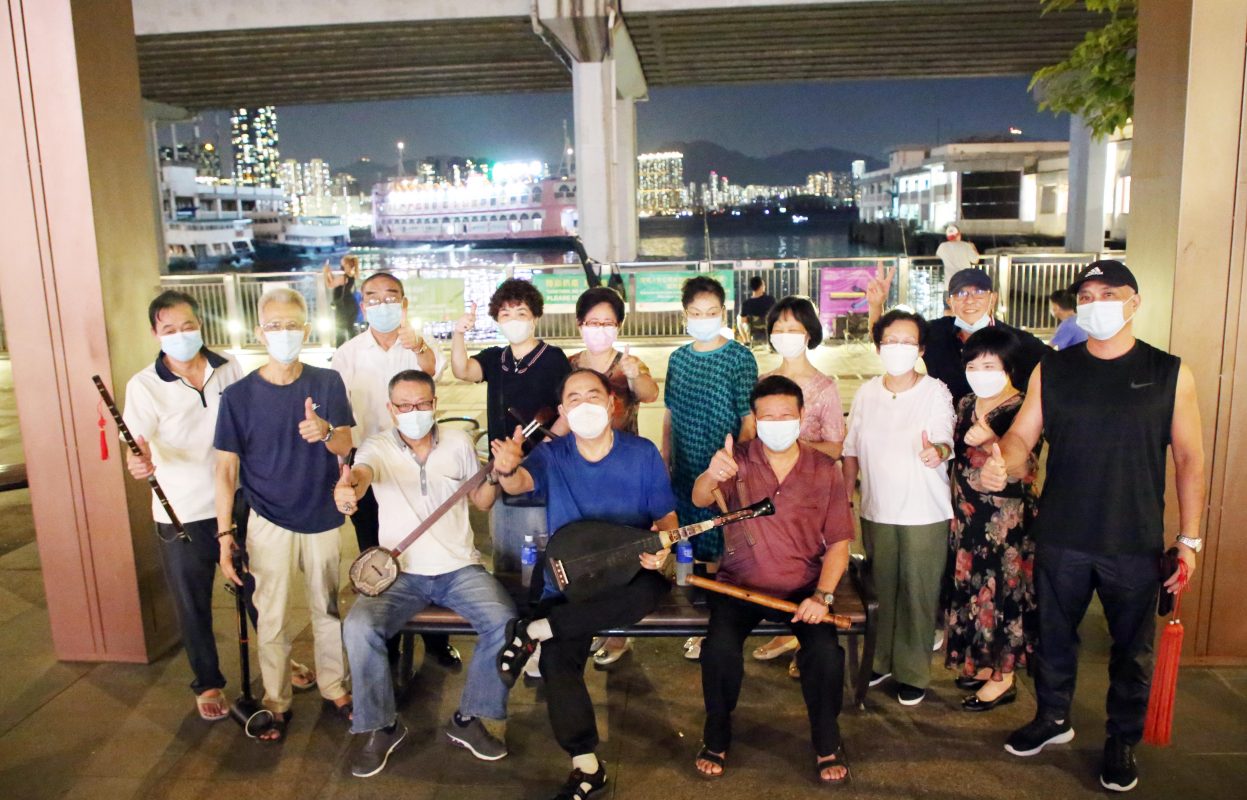
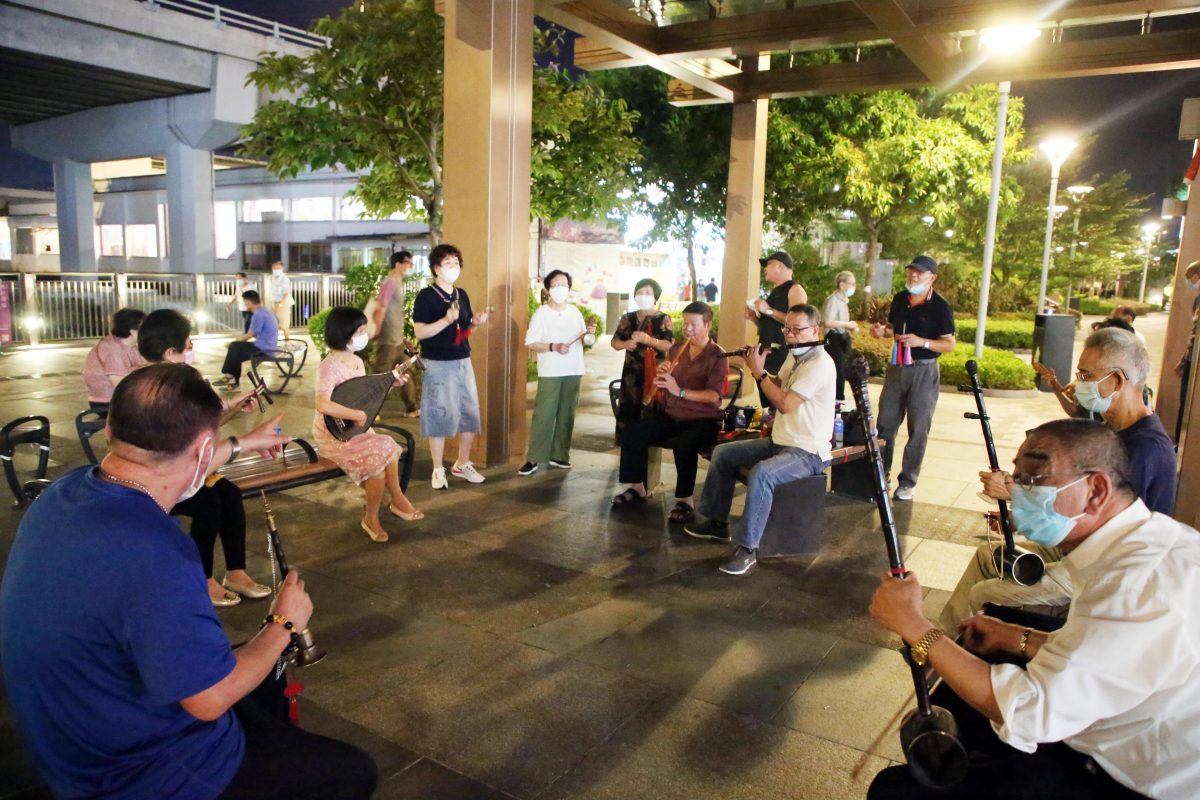
As one of the performers Mr. Zeng introduced, he and other artists in Hong Kong are all from the place of origin of Nanyin, the southern part of Fujian Province. Most have been practicing Nanyin for more than a decade.

The Nanyin culture is not only a passion of Mr. Zeng’s, but he has also taken the responsibility to spread this tradition to others. ” I have been trying to get the support from relevant government departments on venues so that this traditional music art can be passed on”, he said.



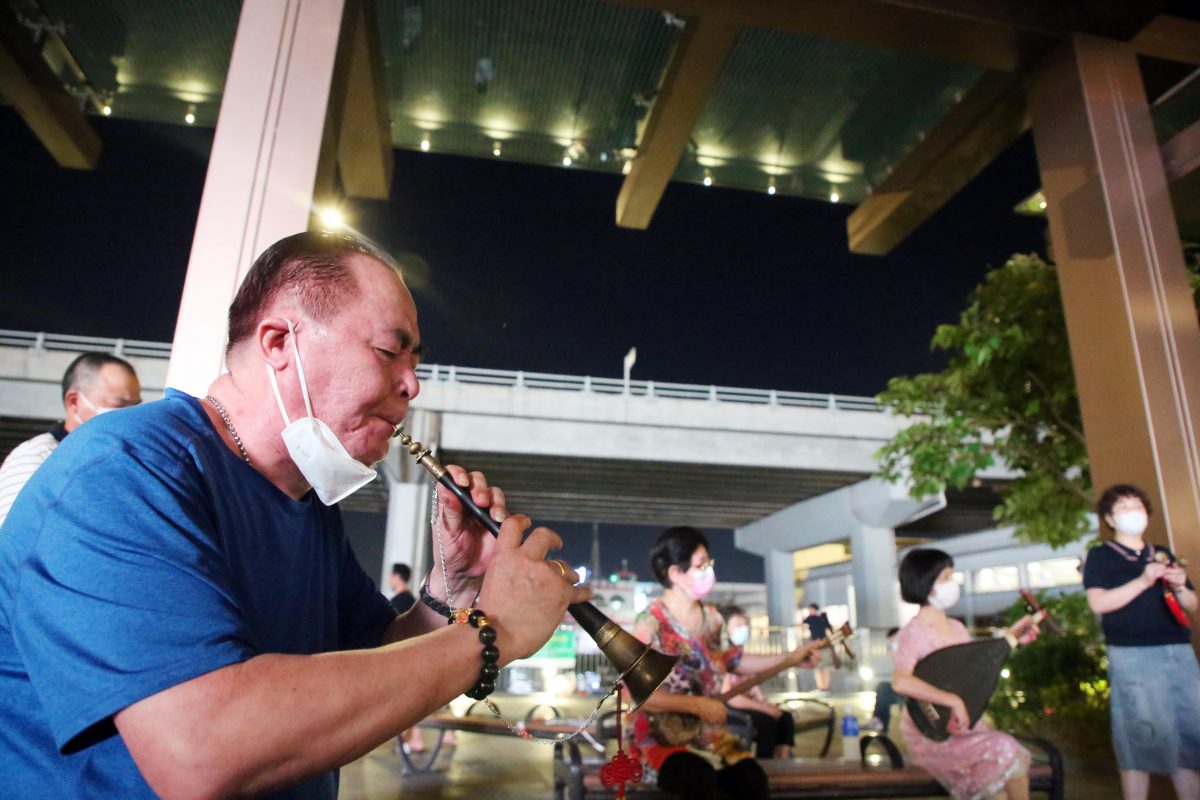
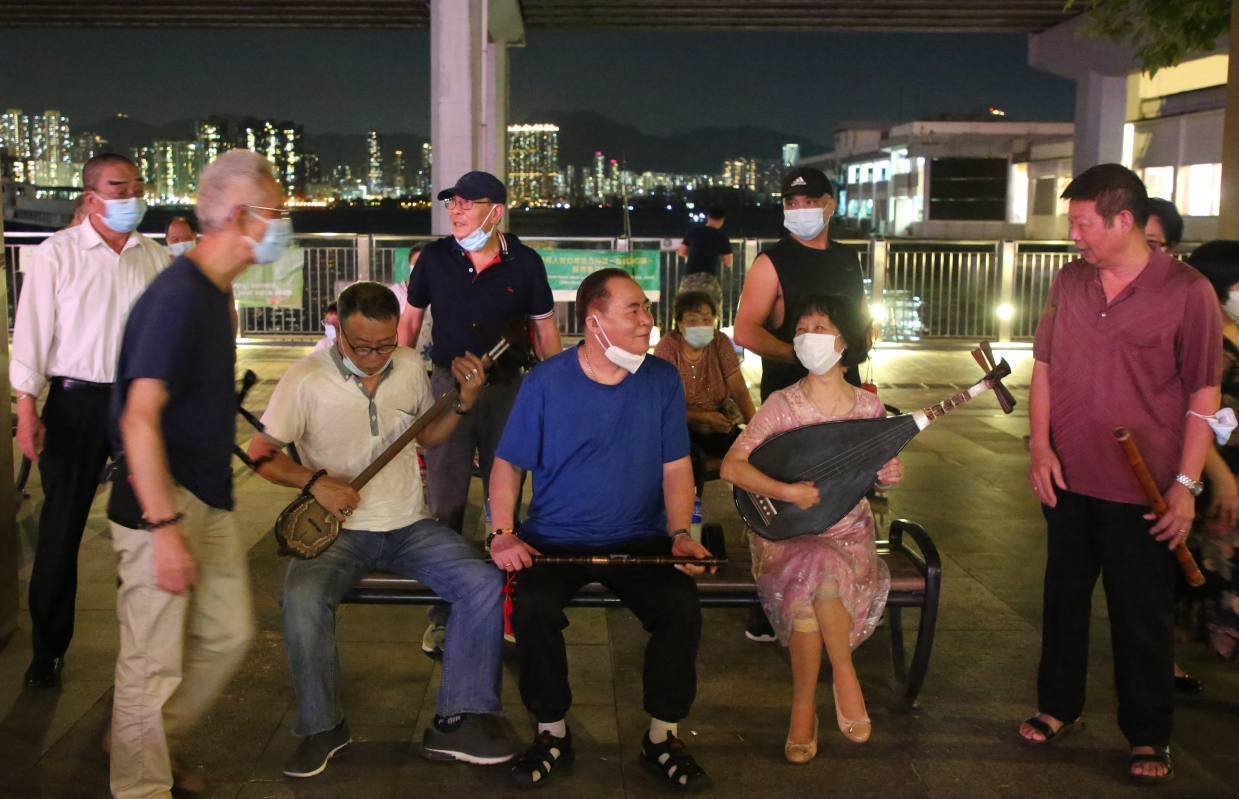
Hailed as one of the oldest surviving ancient music, Nanyin originated in the Tang Dynasty and formed traditions in the Song Dynasty. Nanyin has played a significant role in social and ceremonial events over a thousand years and continues uniting people throughout mainland China, especially in Quanzhou, Jinjiang, Nan’an, Anxi, Yongchun, Longxi, Xiamen, and around Southeast Asia and Taiwan, especially Lukang.
Edit by Emily Guo
Photos credit to Shaokui Hong


